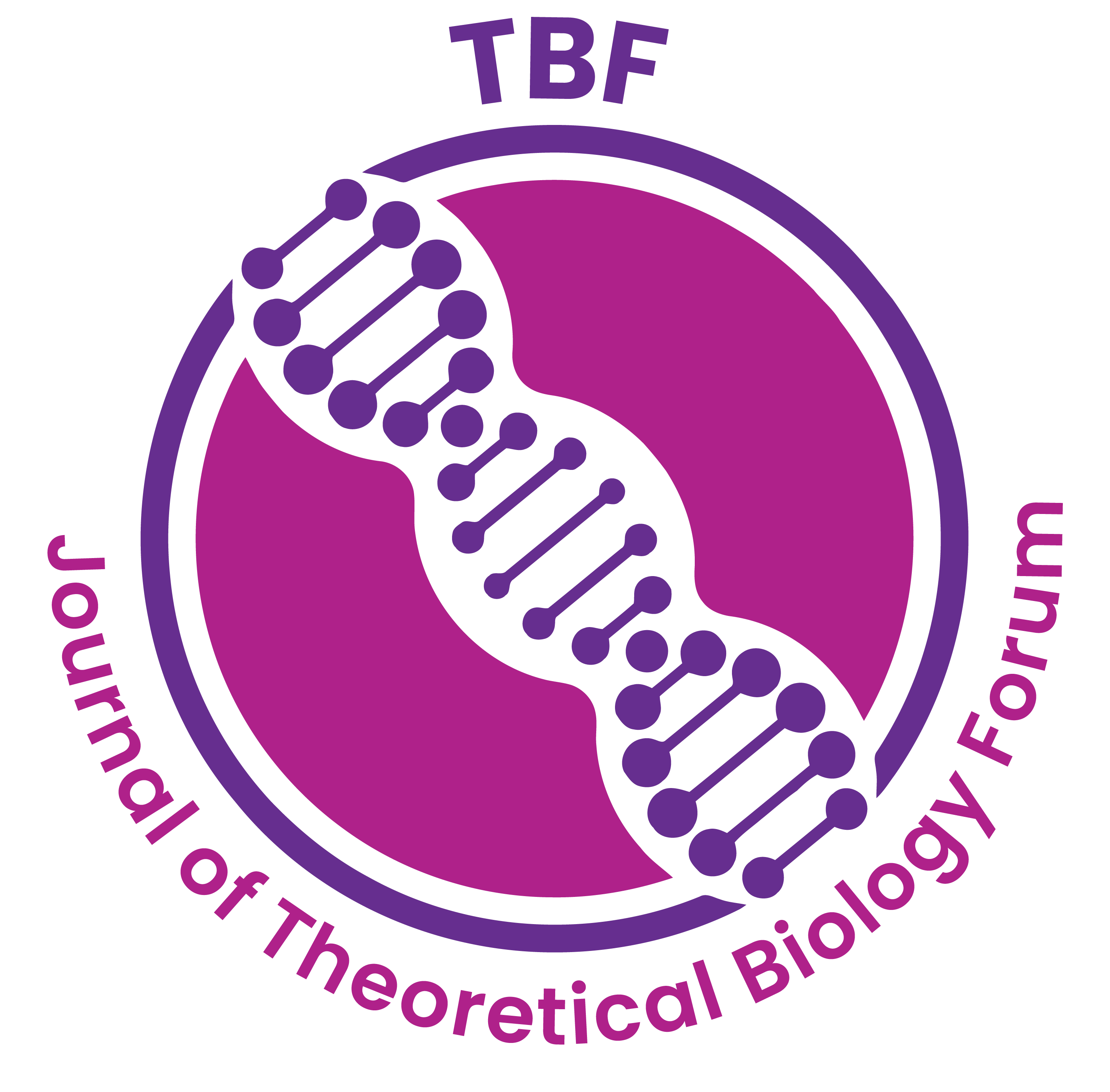Influence of seed priming and foliar application of GA3 on fruit morphology and biochemical composition of tomato in Gangetic Alluvial Zone
Jui Raya , Sanjoy Kumar Bordoluia , Kanu Murmub
Abstract:
Among the vegetable crops, tomato is one of the most important for the human diet. It is also important to get quality fruit and more nutritious materials. With the above consideration, the present investigation was carried out with the BCT-25 genotype of tomato seeds treated with different priming treatments with the objective to enhance the different qualities of fruits. The seed was primed with different priming materials like Moringa leaf extract (T1) for eighteen hours; 1% NaCl (T2) for thirty-six hours; 10% Polyethylene glycol (PEG) (T3) for twelve hours; 100 ppm GA3 (T4), 5% KNO3 (T5) (under dark condition) and 1000 ppm Thiourea (T6) for twenty-four hours; distilled water (T7) for twelve hours; 2% KH2PO4 (T8) and 93 ppm NAA (T9) (at 4°C) for six hours. The field research work was conducted at C Block, Incheck Farm, BCKV, Kalyani, and Nadia during the Rabi seasons of 2019-20 and 2020-21. Seedlings were transplanted in the separate main plot 21 days after sowing with three replications following Strip Plot Design, where each block or replication was divided into 10 horizontal and 2 vertical strips based on the types of priming materials and foliar application with GA3 and without GA3. Five plants were randomly tagged after exogenous application of GA3 and fruits turning mature red color were harvested from those plants in the laboratory, the harvested fruits were taken for estimation of different quality parameters. Foliar application of GA3 on tomato plants produced larger fruits (fruit diameter 5.71 cm in the first and 5.44 cm second year; fruit perimeter13.94 cm in the first and 12.55 cm in the second year) and increased value of biochemical composition as compared to without GA3. Significant differences in fruit diameter, fruit perimeter, and biochemical composition were also observed in GA3-treated tomatoes. Seed priming improved the morphological and biochemical composition of tomatoes. Among different priming treatments, seed priming with moringa leaf extract indicated the highest perimeter and diameter of the fruit. Various fruit quality parameters like total soluble solids were found highest after seed priming with moringa leaf extract followed by KH2PO4 and distilled water; maximum total phenol content (25.41 mg 100 g-1 in 1st year and 25.17 mg 100 g-1 in 2nd year) of fruit was noted for priming with moringa leaf extract followed by GA3 and KH2PO4; highest total sugar percentage (3.52% in 2019-2020 and 3.58% in 2020-2021) and lycopene content (3.78 mg 100 g-1 in the first year and 4.01 mg 100 g-1 in second year) of tomato fruit were exhibited in KH2PO4 followed by moringa leaf extract and distilled water. Whereas, ascorbic acid and β-carotene content were observed maximum after seed priming with both moringa leaf extract and KH2PO4. Soluble protein (9.98 mg g-1 in 2019-2020 and 9.76 mg g-1 in 2020-2021) and total carbohydrate content (41.93 mg g-1 in 1st year and 41.42 mg g-1 in 2nd year) of fruit were observed maximum after KH2PO4 priming, followed by moringa leaf extract and distilled water. From this experiment, it can be concluded that moringa leaf extract and KH2PO4 play the best performance than other priming materials as they induced most of the quality parameters.

